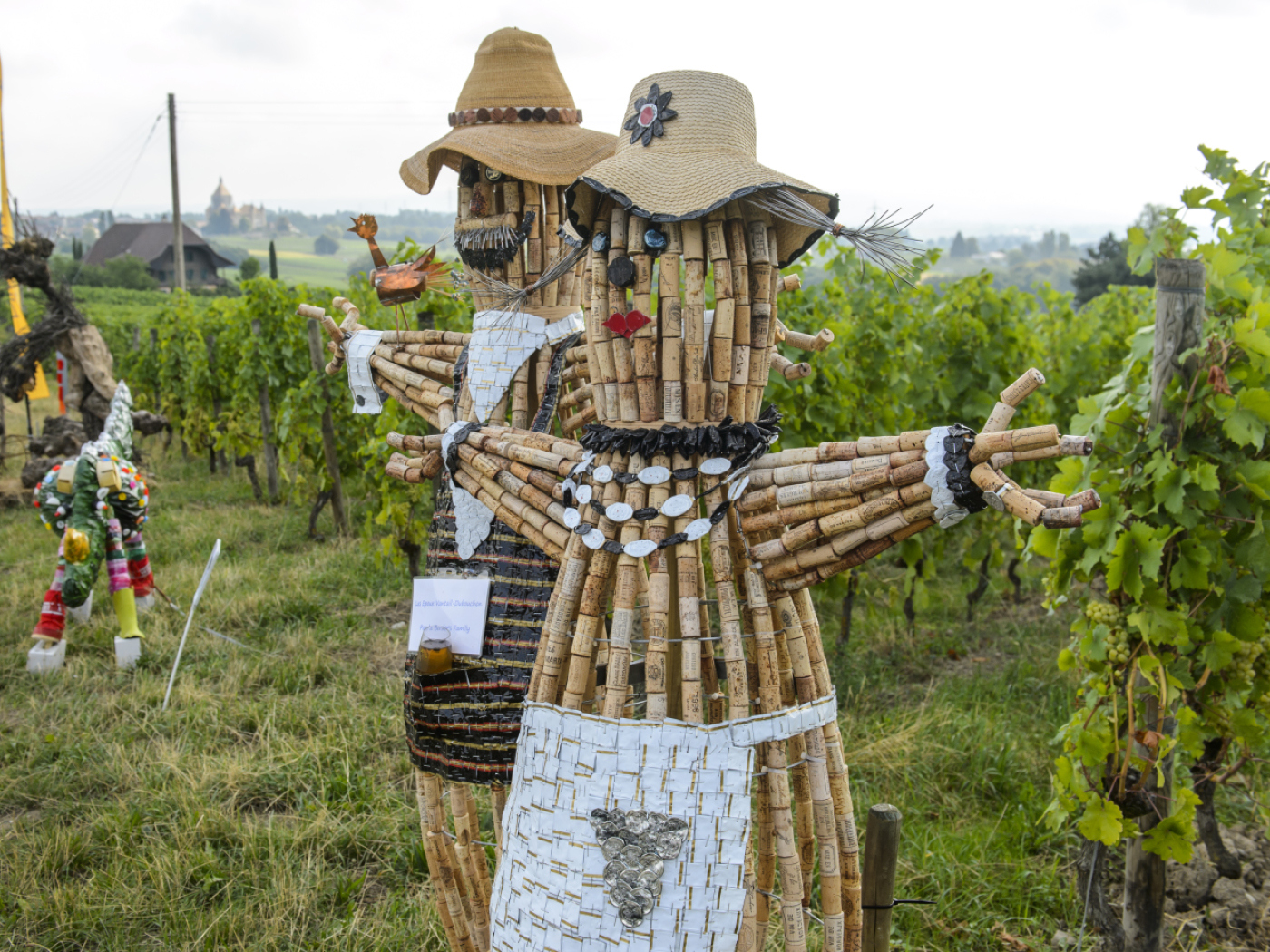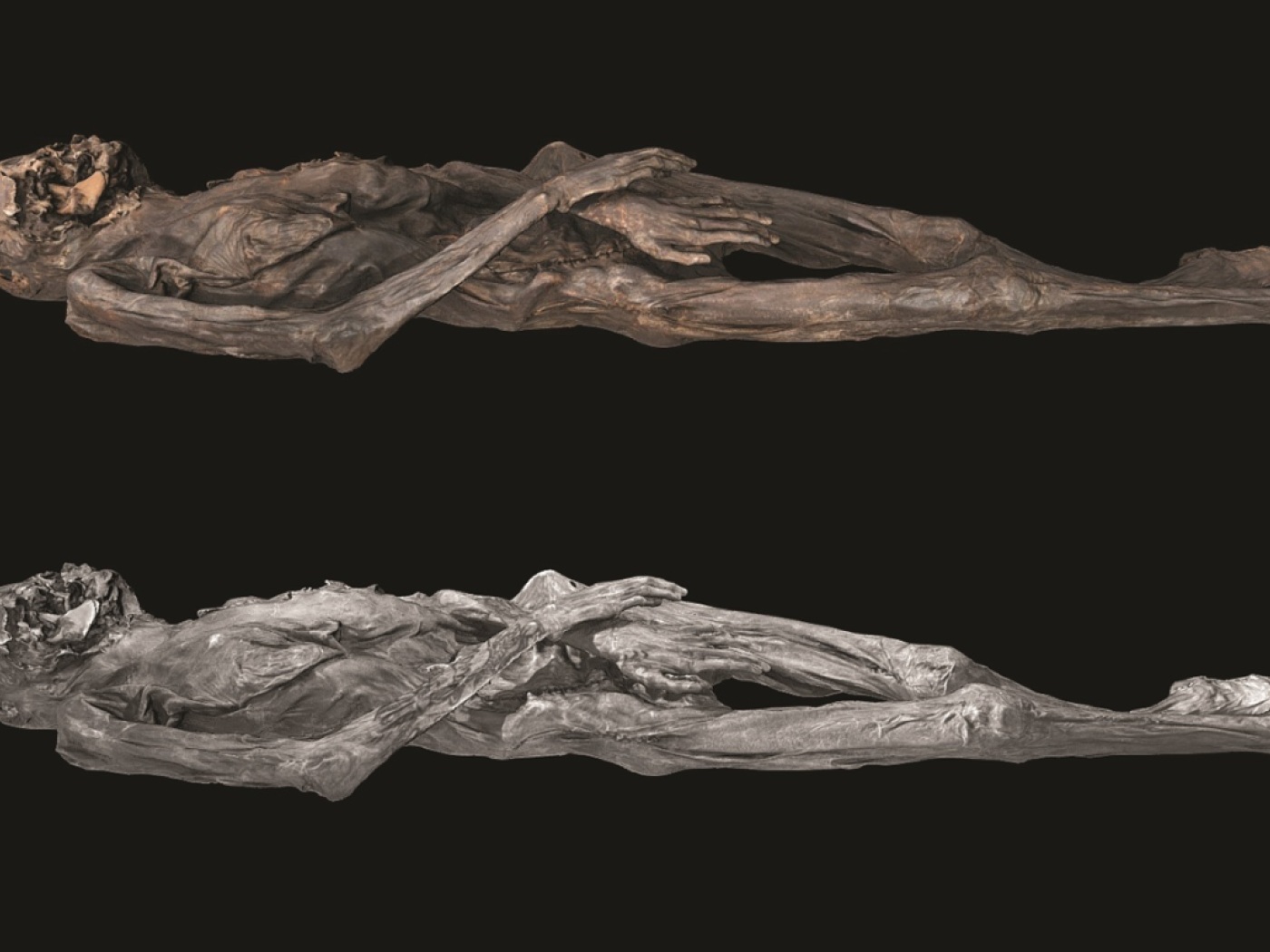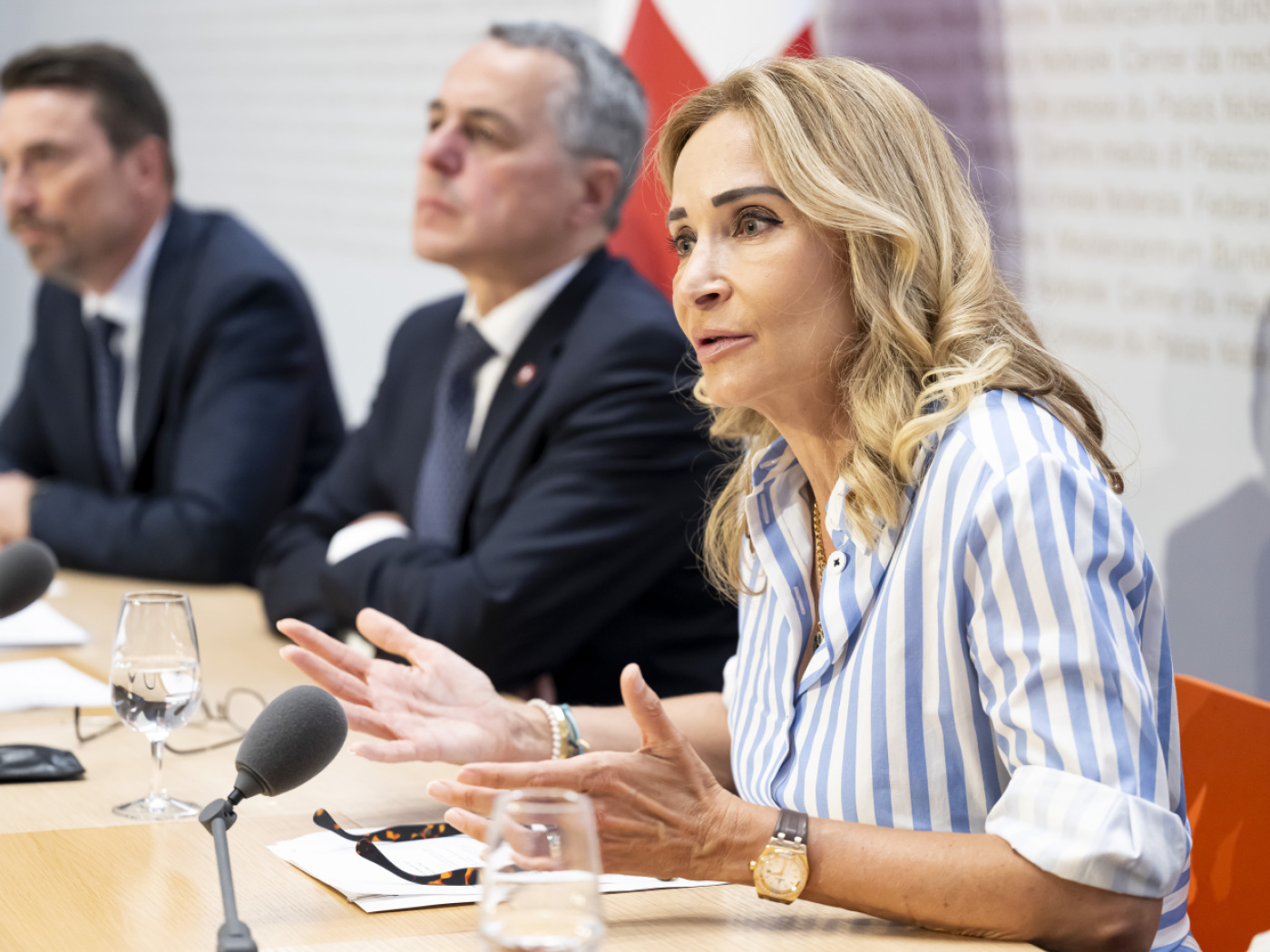
Lucerne University’s Biotechnology Space Support Center (Biotesc) in central Switzerland supports the work of the German robot on the ISS.
Keystone-SDA
Robots developed separately have worked together for the first time via various IT networks at the International Space Station (ISS). The Lucerne University of Applied Sciences and Arts and its ground control centre in central Switzerland were also involved.
+Get the most important news from Switzerland in your inbox
The robots were those of the German and Japanese space agencies. Their task is to support the astronauts. The “milestone” achieved paves the way for more advanced human-robot teams in space, the Lucerne University of Applied Sciences and Arts and the technology company IBM said on Thursday.
This means that various space agencies and different systems can now work together. The aim is to improve human capabilities in the difficult space environment and speed up experiments.
+ In space exploration, Switzerland punches above its weight
Small talk with robots
The robots in question were the German Cimon and the Japanese Int-Ball2. Cimon is controlled via voice commands, according to the press release. It can answer questions, engage in small talk and fly to a specific location on command.
Cimon’s mission is supported by the Lucerne University’s Biotechnology Space Support Center (Biotesc) in central Switzerland. This mission control centre has a direct link to the ISS. Int-Ball2, a camera drone, is controlled remotely from Japan.
More

More
Switzerland eyes mediation role amid rising risk of conflict in outer space
In an experiment, a Japanese astronaut controlled the Int-Ball2 camera drone using voice commands given to the Cimon robot. This then transmitted images to the Cimon monitor. Previously, Int-Ball2 could only transmit photos to the ground station in Japan, but not to robots from other space agencies on the ISS.
The Japanese astronaut was able to play hide-and-seek thanks to the link between the German and Japanese robots, according to the press release. He was able to find a Rubik’s Cube, a hammer, a screwdriver and a decommissioned Int-Ball robot that had been hidden on the ISS.
Translated from German with DeepL/gw
We select the most relevant news for an international audience and use automatic translation tools to translate them into English. A journalist then reviews the translation for clarity and accuracy before publication.
Providing you with automatically translated news gives us the time to write more in-depth articles. The news stories we select have been written and carefully fact-checked by an external editorial team from news agencies such as Bloomberg or Keystone.
If you have any questions about how we work, write to us at english@swissinfo.ch.













